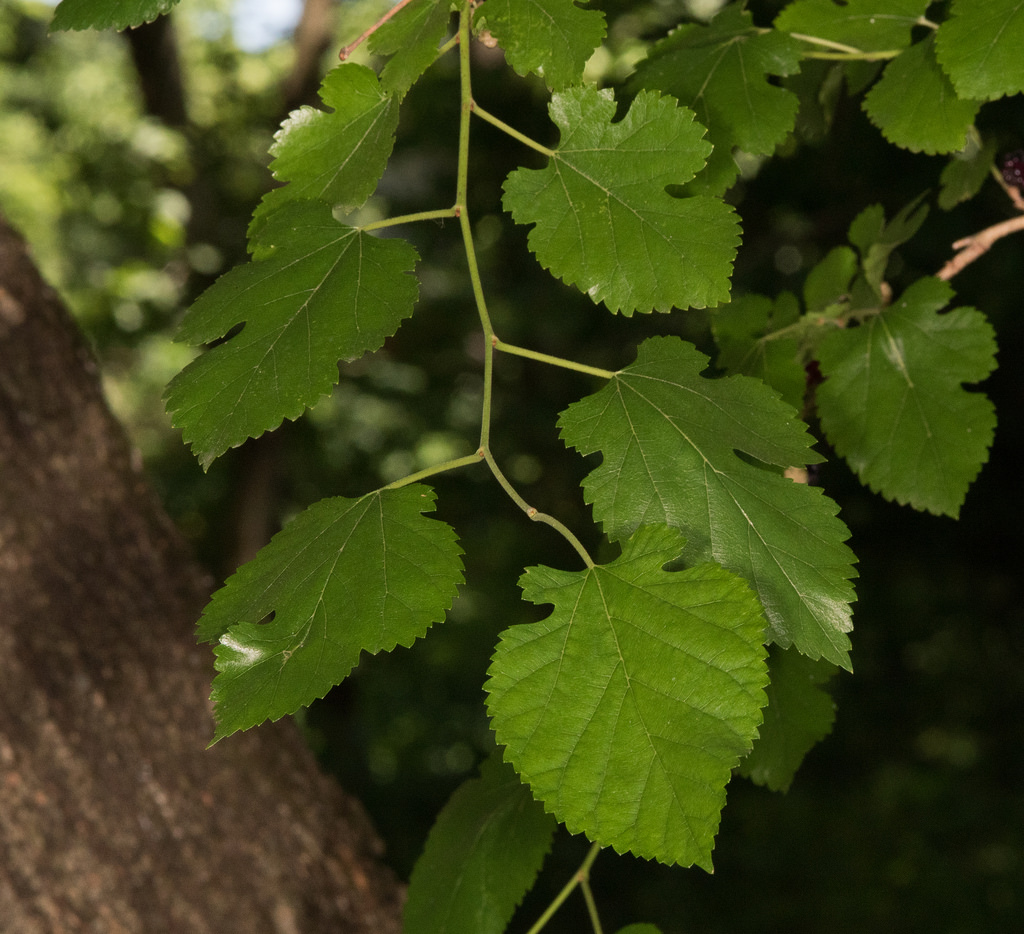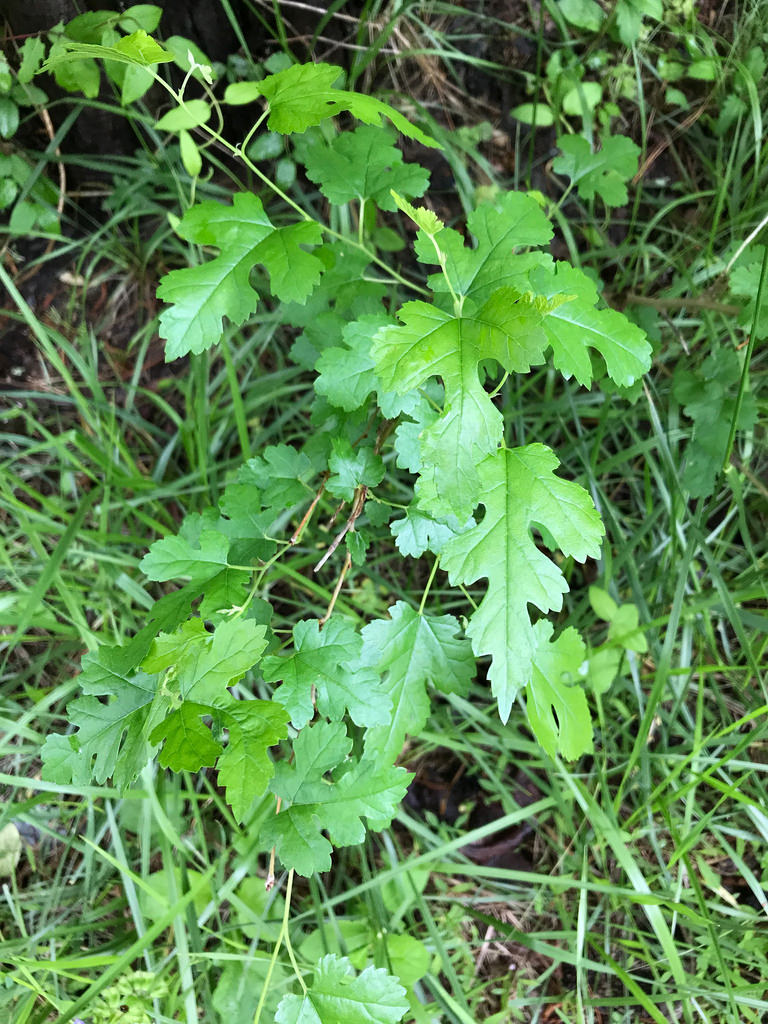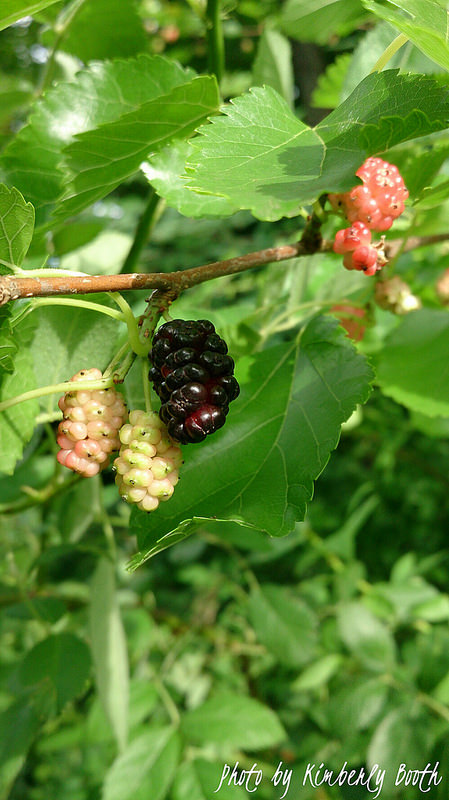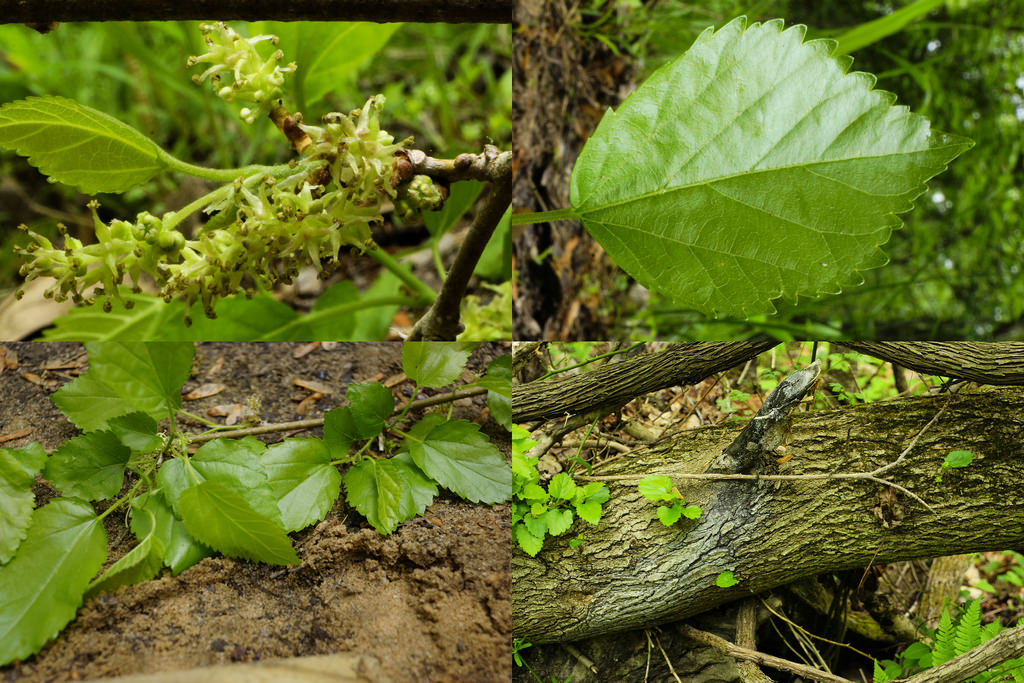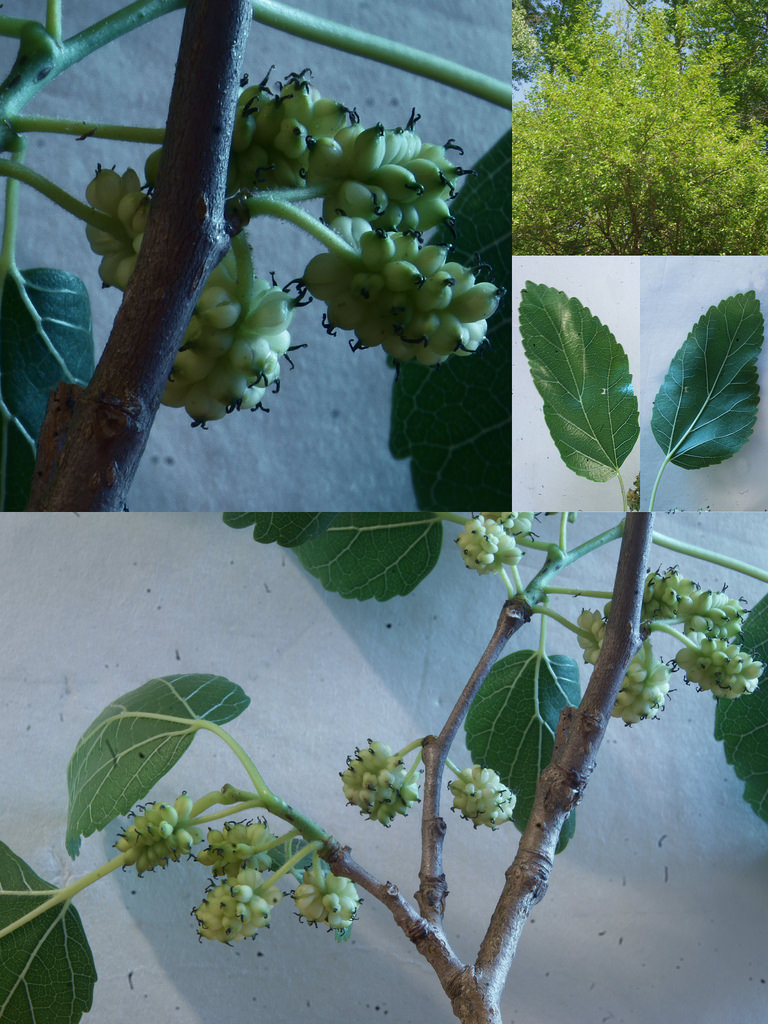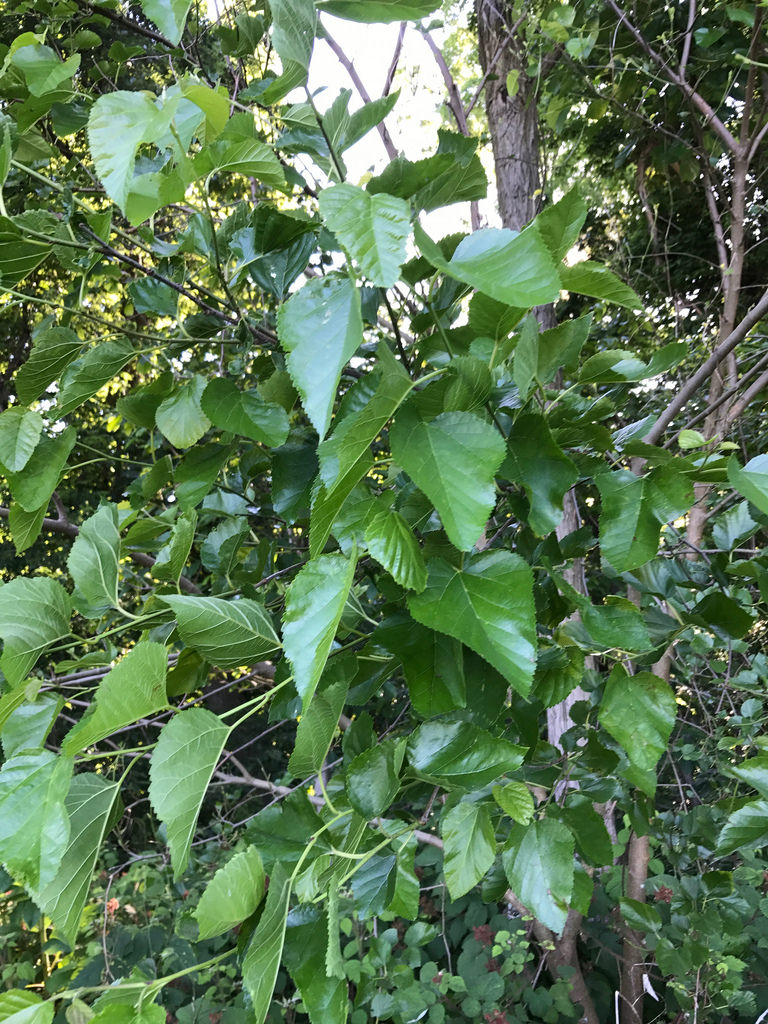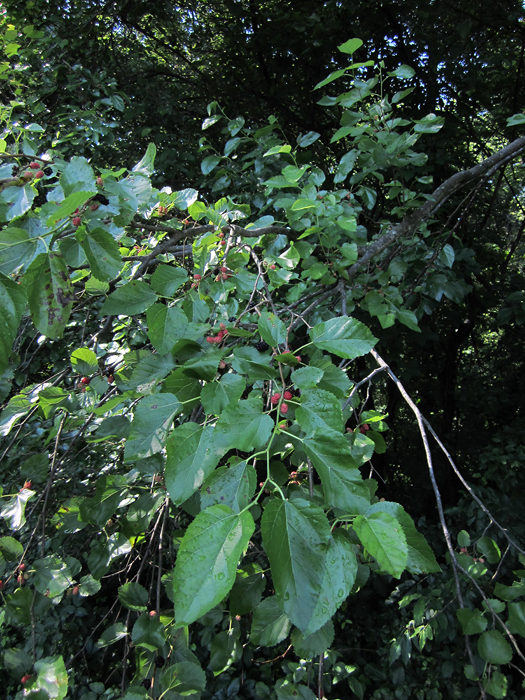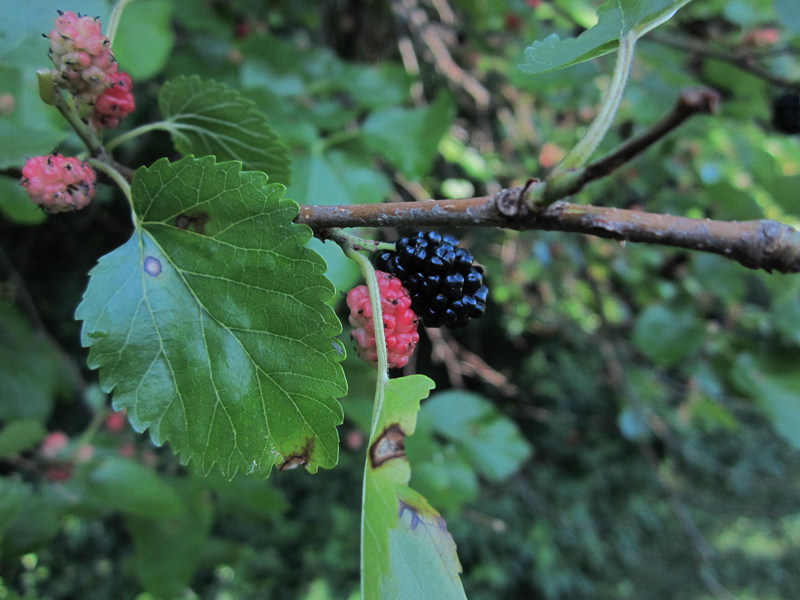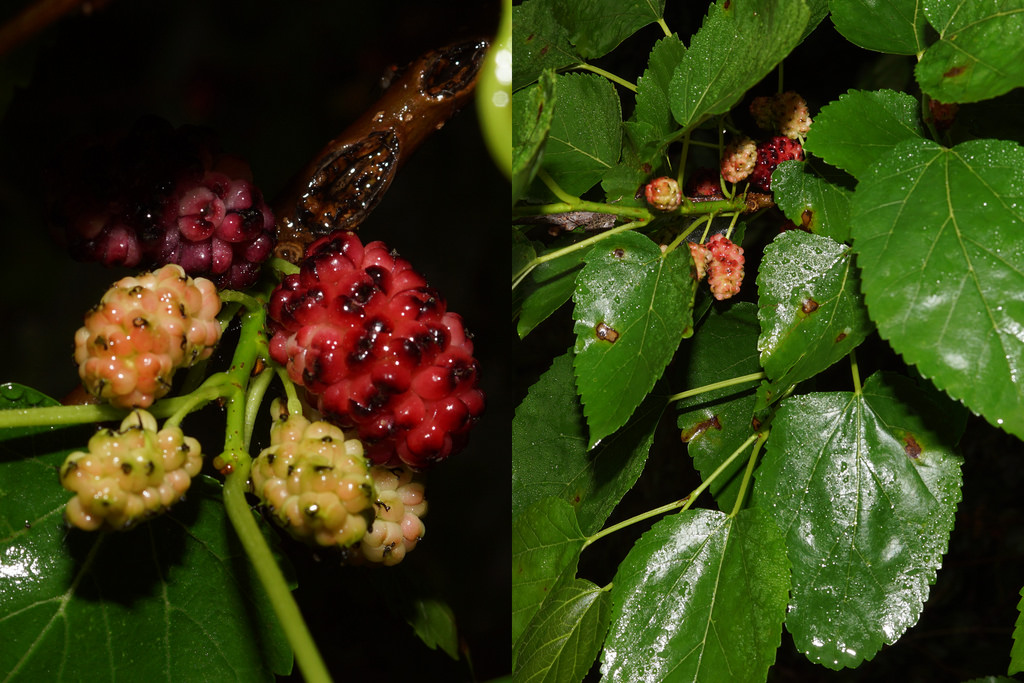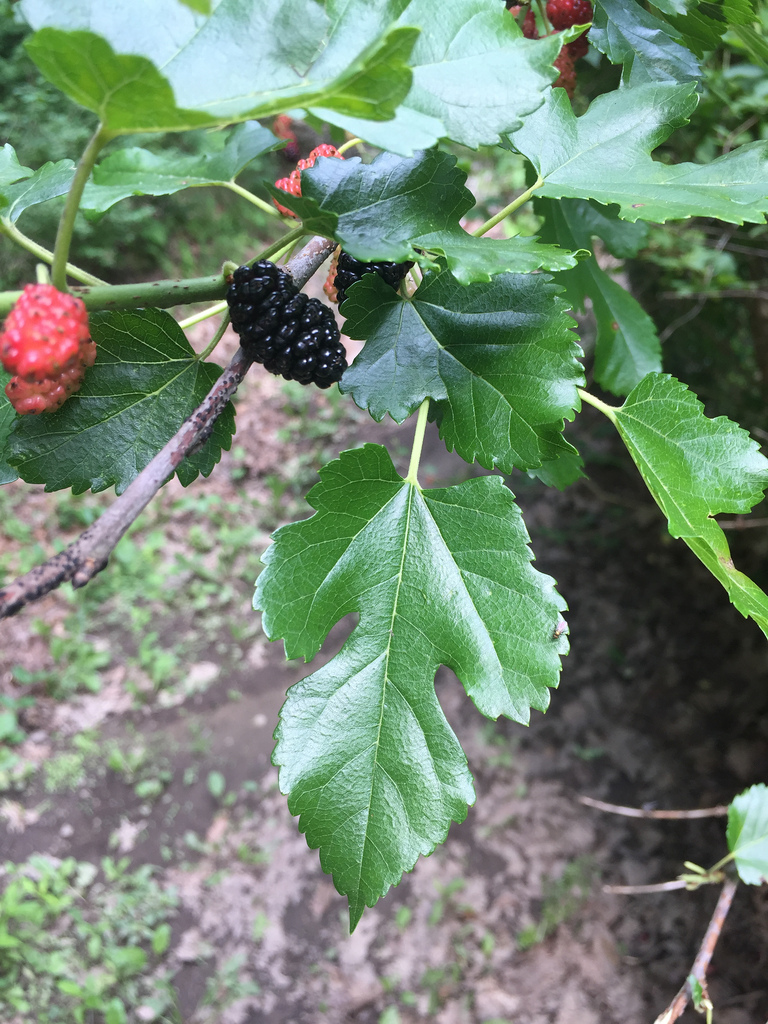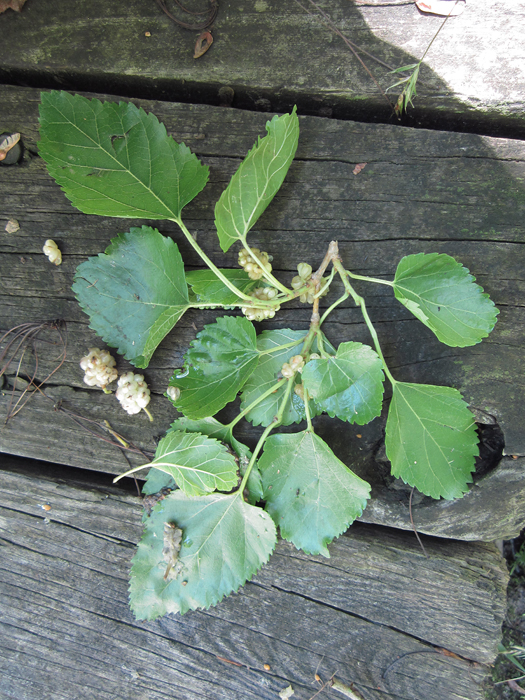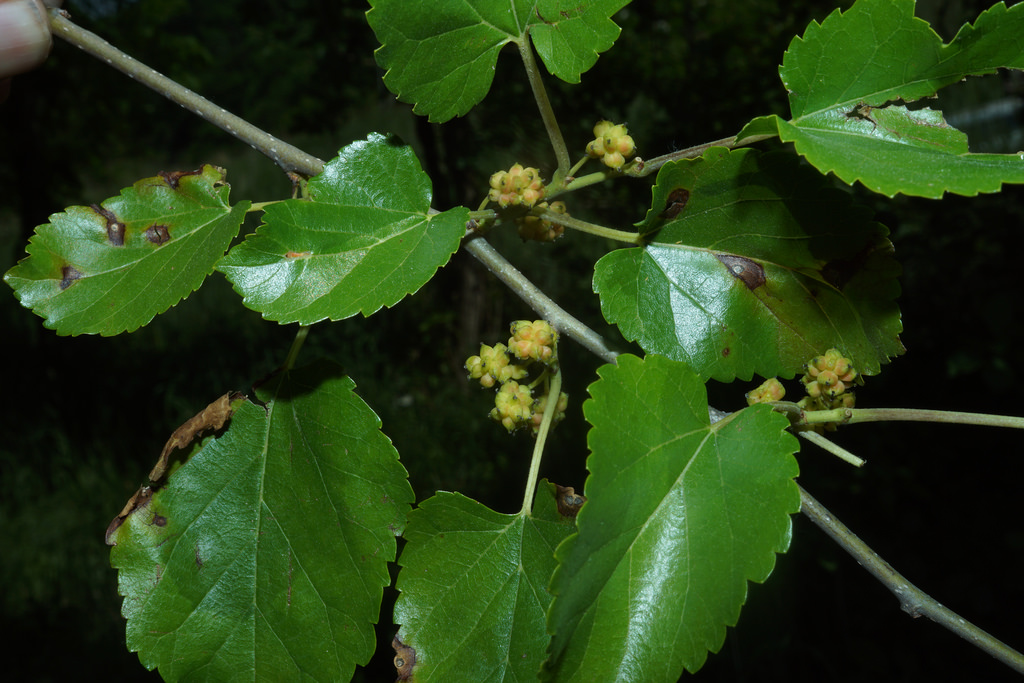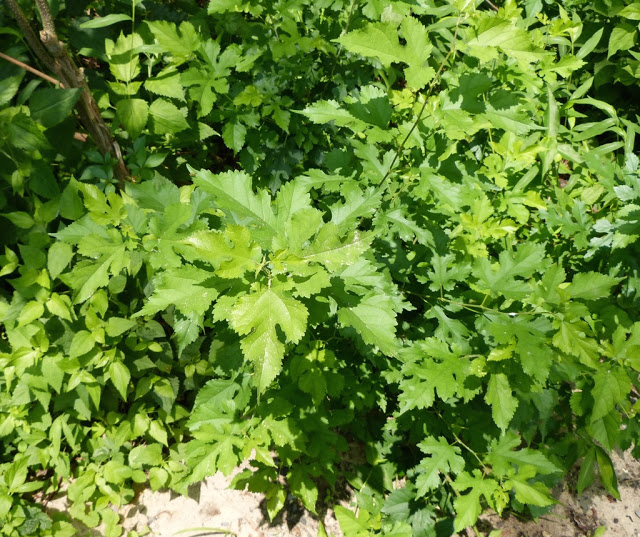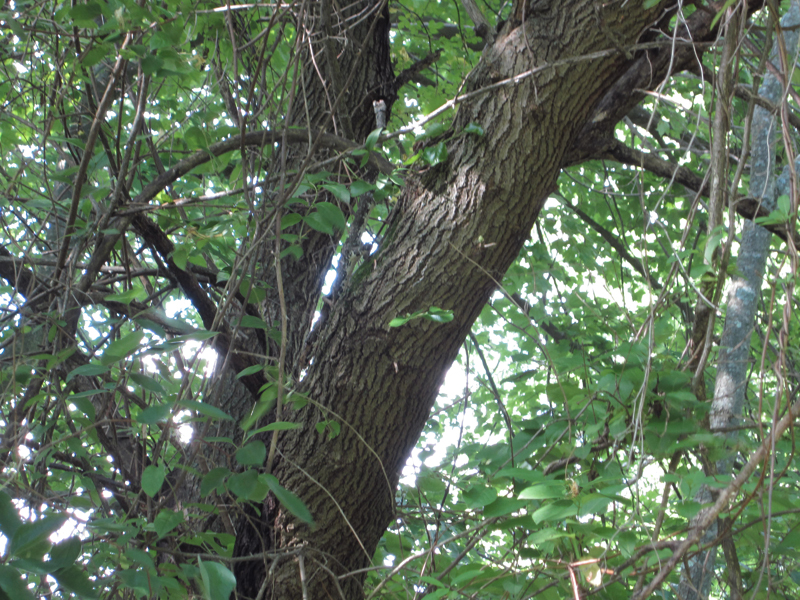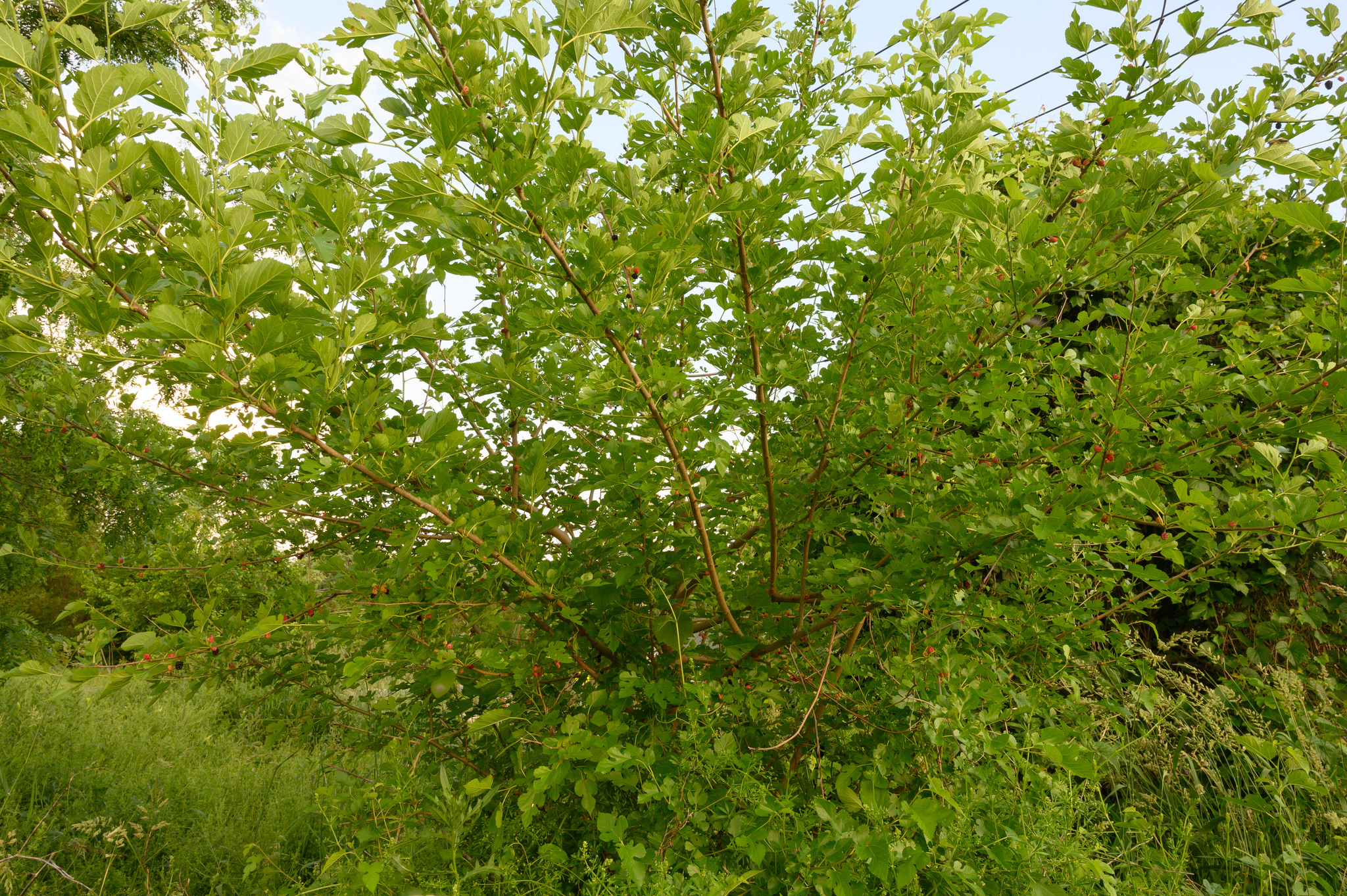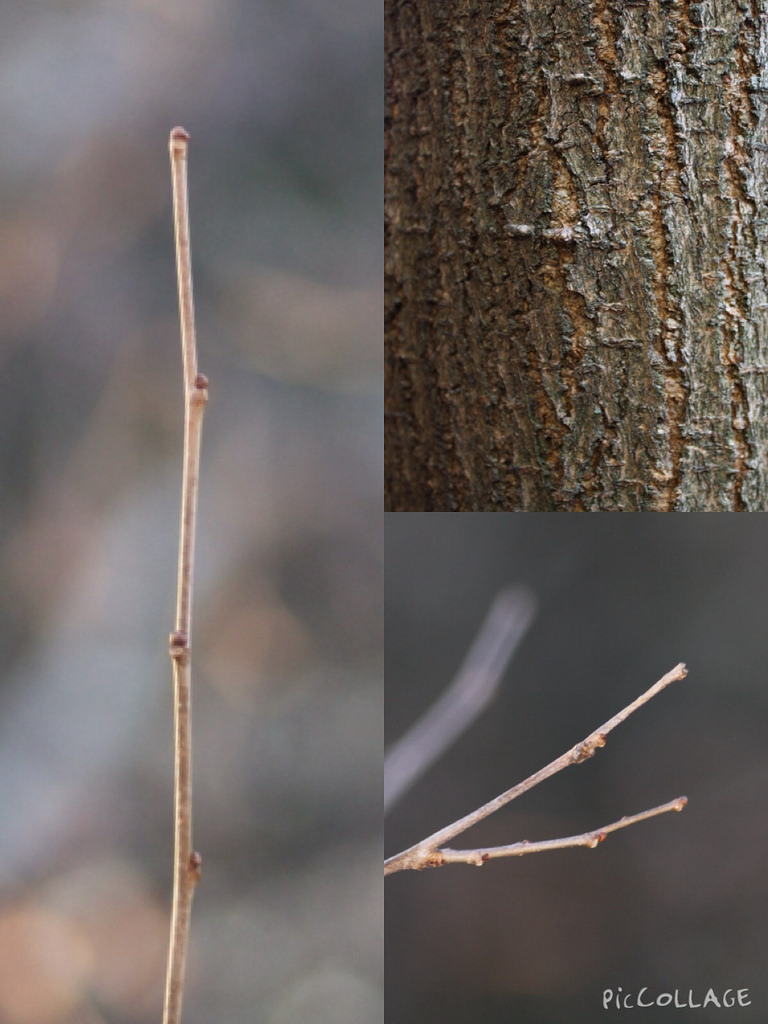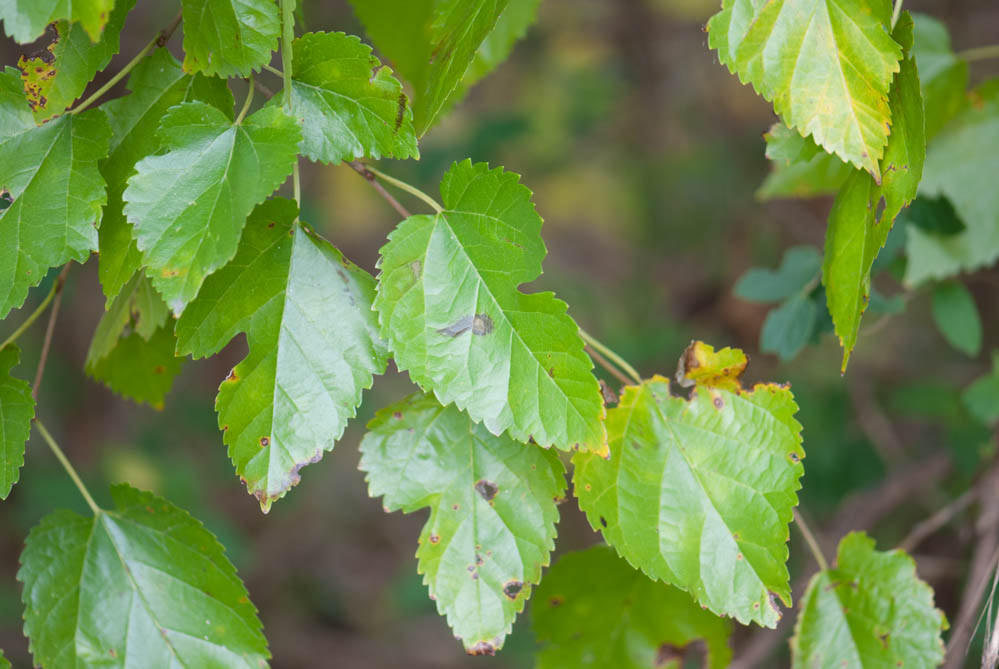



























"Introduced from Asia in colonial times for culture of silkworms; now established and common in waste places and abandoned fields, mostly on the Coastal Plain and Piedmont" (Brown and Brown, 1972).
"The leaves are usually smaller and smoother than those of red mulberry. The fruit is paler, often white, and the bark has a yellowish tinge especially in the furrows"(Harlow, 1957).
There are 429 records in the project database.
| GA | AL | WA | FR | CL | MO | HO | BA | BC | HA | CE | PG | AA | CV | CH | SM | KE | QA | CN | TA | DO | WI | SO | WO |
